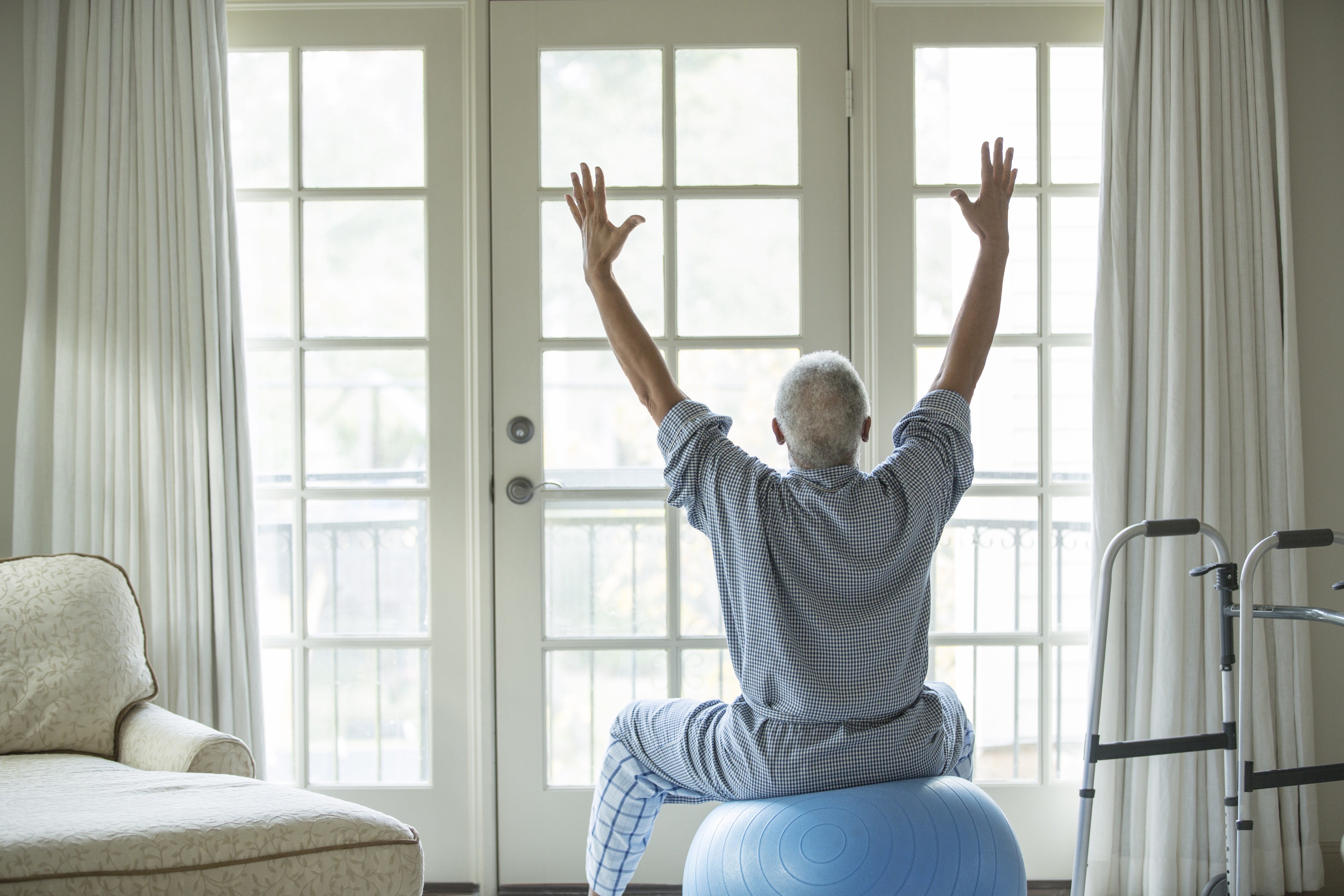Media release
From: The University of MelbourneLeading physiotherapists concerned ‘stay at home’ restrictions could exacerbate falls and poor physical function in older people have developed a new website to support older Australians to stay active – safely – at home.
Launched today by a collaboration of Australian clinicians and physiotherapy researchers from 10 universities, institutes and health services, the Safe Exercise at Home website shares simple functional exercises and gives ideas of safe ways for older people to increase activity levels while at home.
According to University of Melbourne and Western Health Associate Professor Cathy Said, it is vital for people who were physically active before the restrictions to try to replicate that level of activity while staying home.
“Under current circumstances, older people are missing out on their weekly round of golf, bowls or exercise classes, which over a sustained period of time could be really detrimental,” Associate Professor Said said.
“Even if you weren’t doing a regular exercise program before the restrictions, you are likely to be less physically active as you will be missing a lot of incidental exercise. This could be a great time to start a regular exercise program.”
The website, accessible via desktop or mobile, provides information and instructional videos at three different levels of function and fitness, as well as tips on staying motivated and safe while exercising at home.
Tips include having someone or a phone nearby when exercising, listening to your body and the importance of following up on pain or discomfort, and resuming activity and exercise more slowly after minor illness like colds.
University of Sydney and Sydney Local Health District Professor Cathie Sherrington said while the group fully supports the restrictions, they are very worried about the unintended and serious consequences for older adults.
“Unfortunately, when it comes to exercise it really is ‘use it or lose it’,” Professor Sherrington said.
“When people are less active, they risk losing functional abilities and will be at increased risk of falls. All people need to undertake exercise at home during this time. Older people are no exception but may need extra advice on how to set up safe programs.”
Australian guidelines recommend all older people be active every day, doing a range of physical activities that incorporate fitness, strength, balance and flexibility.
Clinical physiotherapist Rik Dawson, a Director of the Australian Physiotherapy Association and part of the website development team, said many of his patients are asking for safe ways to exercise at home.
“This website gives them the exercise advice they need with easy to follow videos,” Mr Dawson said. “It gives them the choice to start with some simple exercise programs and then allows them to choose more challenging programs to build up their strength and balance.”
The website also includes motivation from older adults who have mastered ‘staying active’ during the pandemic including 82-year-old Judy who completes a daily home exercise program, as well as walks with her carer using her walking frame.
“Your attitude will determine how well you do so try to keep positive, avoid focussing on health problems or discussing them too much and know that you can improve,” Judy said. “It might not be a lot but if you can get up and down, get dressed and get in and out of cars and move in bed more efficiently you will enjoy the difference.”
A national collaboration
The Safe Exercise at Home website was developed by physiotherapists from across Australia with clinical and academic expertise. The collaboration includes the University of Sydney, University of Melbourne, Monash University, Curtin University, University of South Australia, University of Queensland and University of Tasmania in partnership with the National Ageing Research Institute, Sydney Local Health District (NSW), Western Health (VIC) and Peninsula Health (VIC). The website is endorsed by the Australian Physiotherapy Association.
Several of the developers receive salary support from the National Health and Medical Research Council. The website has received no other funding.


